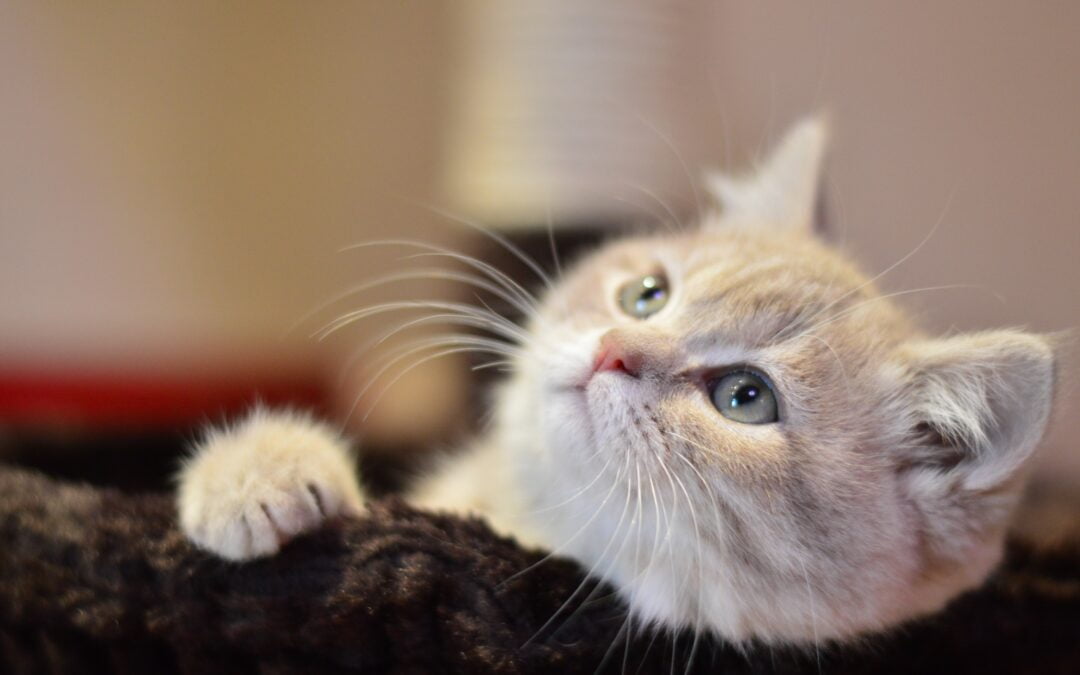
by Margejane | Cat Behaviors
I know, I know…This is a topic that we cat lovers don’t like to think about, but by educating ourselves this may in turn actually help us to extend the life expectancy of our cats.
To begin with – indoor cats’ average life span can be 17 or more years, while an outdoor cat’s averages 2-5 years. I know that some of you reading this will think, “oh, but my cat is used to being outdoors.” So I have some questions for you – is your cat neutered? If not, he/she will do everything they can when in heat to get to another cat to mate with.
Even if kitty is neutered, the lure of the outdoors is great for many cats. Just remember, you’re the boss, not a kitty. I’d be rich if I had a nickel for every Facebook post I’ve read where a cat owner is crying because their outdoor cat was hit by a car, severely injured or killed by another animal or human – I’ve even read posts about cats being shot. It’s a dangerous world, especially so for outdoor cats.
If you’re now convinced your outdoor cat needs to be indoors so he/she can enjoy a long life expectancy of housecats, here are some ways to help make the transition from outdoor to indoor cats.
This is a good thing – your cat can now have the same lifespan of house cats! The trick is to make the indoors as much fun as the outdoors.
- If your cat has always been an outdoor cat, introduce a litter box and scratching post (preferably rubbed with catnip leaves or sprayed with liquid catnip spray) before the transition to indoor life.
- Feed kitty indoors only, then keep your cat indoors for increasing amounts of time.
- If your cat tries to run out, rattle a jar of coins or squirt the cat with a water gun.
- If it is wintertime, introduce your cat to his own nice, warm bed.
- Never ever hit or yell at your cat – you will only succeed in frightening him.
- Distract kitty from trying to get outside by throwing a favorite treat away from the door.
- Give your cat some interactive toys, a kitty jungle gym or a cat tree. If possible buy a cat perch so kitty can sit comfortably and look out the window.
Now that we’ve talked about a good way to give kitty an indoor cat’s lifespan, I’d like to go over a few other things that affect your cat ‘s lifespan. The most common cause of death in senior cats is kidney failure, cancer and disease such as FIV (feline immunodeficiency virus). Another one is hyperthyroidism and the conditions that it can cause – inflammatory bowel disease, arthritis, diabetes, hypertension, and dental disease. There are other common diseases such as FeLV (feline leukemia virus, heartworm, high-rise syndrome, rabies, and ringworm.
Here’s a list of the life expectancy for these cat diseases:
- Kidney disease (stage III) – as long as 5.75 years. When the disease progresses to stage IV survival is only about one month. Regular infusions and special diet food can often help your cat’s life expectancy.
- Cancer – without treatment, two months. With treatment, cats can live up to a year or longer.
- FIV (feline immunodeficiency virus) – an indoor well cared for FIV positive cat can live as long as 12 years, depending on how well they avoid secondary infection.
- Feline leukemia (FeLV ) – cats may live a long time after diagnosis, even 10-15 years until the virus becomes active.
- Hyperthyroidism – treated (which can be with oral medication or radiation) the life expectancy can be 3-5 years. Untreated hyperthyroidism can cause serious, potentially fatal heart problems.
- Diabetes — the majority of cats are insulin-dependent by the time they are diagnosed. The good news is that these cats can enjoy a normal lifespan if their diabetes is treated properly.
- Arthritis — thanks to modern veterinary medicine, arthritic cats can live long lives, even up to 15 to 20 years.
- Inflammatory bowel disease — this can cause painful cramping. It can’t be cured but it can be managed. Lifespan depends on the severity and complexity of the condition.
- Heartworm – heartworm in cats is often misdiagnosed as asthma. Unfortunately, there’s no current treatment and it may be fatal without any warning.
- Ringworm — this condition is contagious for 3 weeks with aggressive treatment. Proper treatment is imperative. Treatments include lime dipping (is a sulfurated lime solution that kills mites and also works against fungi and bacteria) plus oral antifungal cream and bathing with an antifungal shampoo.
- High-rise syndrome – this refers to cats falling from higher than two stories, generally from high-rise buildings or skyscrapers.
- Rabies – this disease can take months to develop. Sadly cats may only live a few days after clinical signs appear. However, rabies in cats is extremely rare, and there hasn’t been a cat to human rabies transmission in the past 40 years.
I hope this information proves both interesting and informative. Let’s all do our best to take good care of our precious felines and love them for as long as we have them.
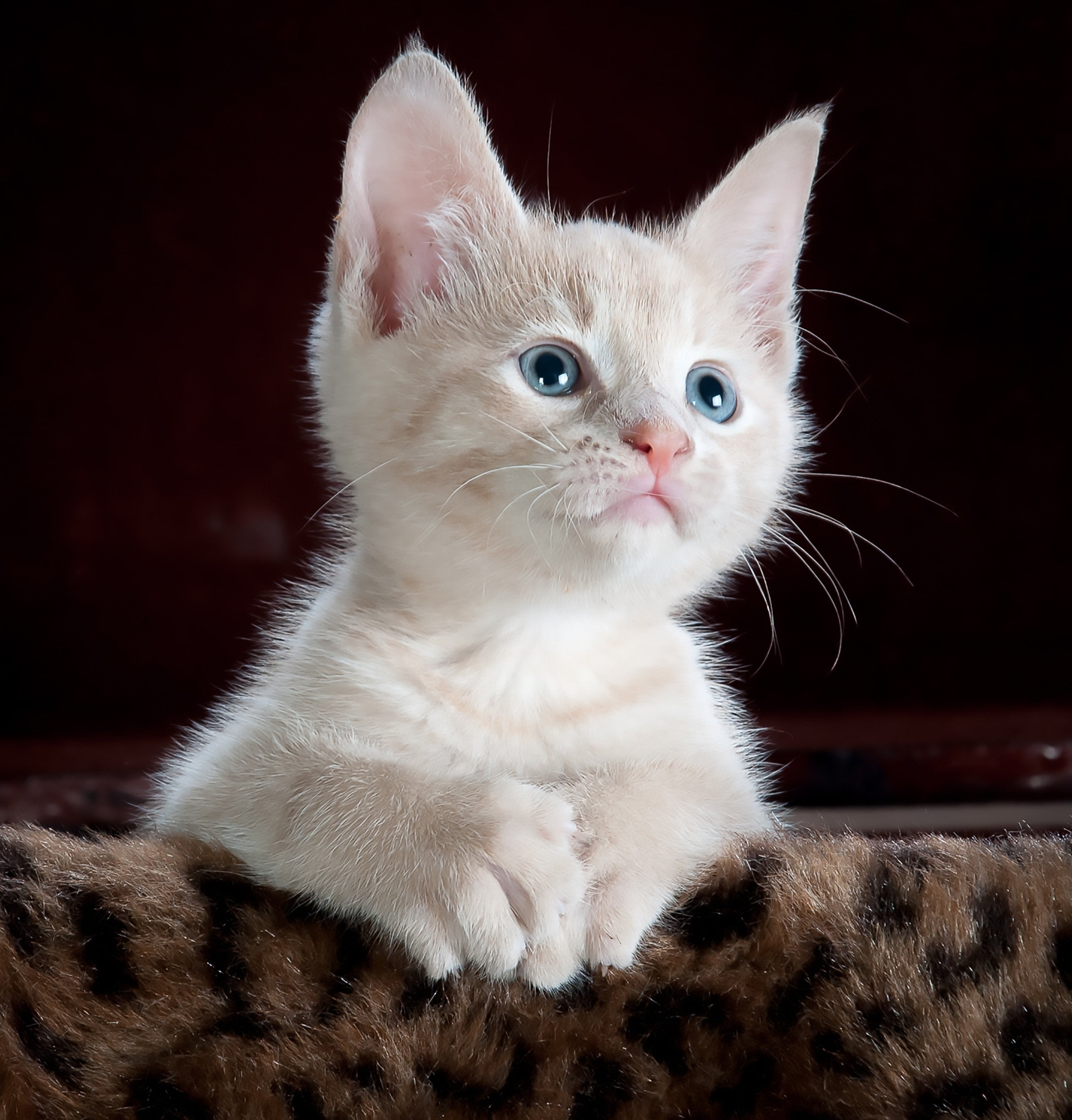
by Margejane | Cat Food & Treats
Can Cats Eat Dog Food?
Cats cannot survive on dog food alone, and the same holds true for dogs eating cat food. Cats need sufficient vitamin A and taurine to live healthy lives. Dog food is lacking in these, as well as lacking in arachidonic acid (a polyunsaturated fatty acid present in animal fats) and adequate meat protein levels cats require. Our feline friends require sufficient vitamin A and taurine to live healthy lives. Dog food is lacking in these, as well as lacking in arachidonic acid and adequate meat-protein levels cats require.
Can cats eat human food?
Cats are carnivores. Most of their diet should be made up of protein. A raw food diet is not recommended, as, without cooking, the food can contain live bacteria such as listeria, salmonella or e-coli.
Some human foods that you can treat your cat to sparingly are cooked salmon, skinless chicken or turkey, lamb, cooked eggs or lean beef. DO NOT feed kitty raw meat or fish, fat, bones or raw eggs. Also, be sure NOT to add any spices or powders – they could be lethal! In addition, NEVER feed kitty foods such as garlic, leeks, onions, scallions, shallots or chives.
It’s okay to feed some human foods such as a little steamed carrot, broccoli, green beans or asparagus. A bit of blueberry or banana is safe. Personally, I’ve never encountered a cat who liked fruits and vegetables, but there may be some cats who do.
Speaking of safe fruits – can cats eat strawberries? Strawberries are non-toxic but do not offer much in terms of nutritional value.
Can cats eat chocolate?
A big, resounding NO because it can be lethal to cats. Cats do not like chocolate unlike we humans, who go crazy for it.) It contains an agent that is toxic to cats called theobromine. Even white chocolate contains it. This delicious food can give cats seizures, abnormal heart rhythms, tremors, and death.
Other food (or foods) cats should not eat are dairy foods—milk, cheese, etc. Cats are lactose intolerant.
On the flip side, can dogs eat cat food?
No, not in the long term, because this food is not properly balanced for a dog. For one thing, it is so high in protein it can be hard on a dog’s liver and kidneys. Cats need to eat meat as their primary food source. On the other hand, dogs require more fiber than cat food provides. There are four different types of commercial food for cats:
- Canned food contains about 60-78% of water.
- Semi-moist foods in pouches contain 25-35% water.
- Fresh pet foods are similar in water content to canned foods
- Kibble only has 3-11% of water.
So, further comparing the difference between food made for cats and food made for dogs – food made for cats tends to be higher in protein, fat and vitamins and minerals. While cat and dog foods share many of the same ingredients, cats are obligate carnivores and require more protein, fatty acids, essential amino acids plus many vitamins.
It’s pretty clear what all this information shows – cats should eat cat food, dogs should eat dog food, with an occasional fruit or veggie treat you know is safe.
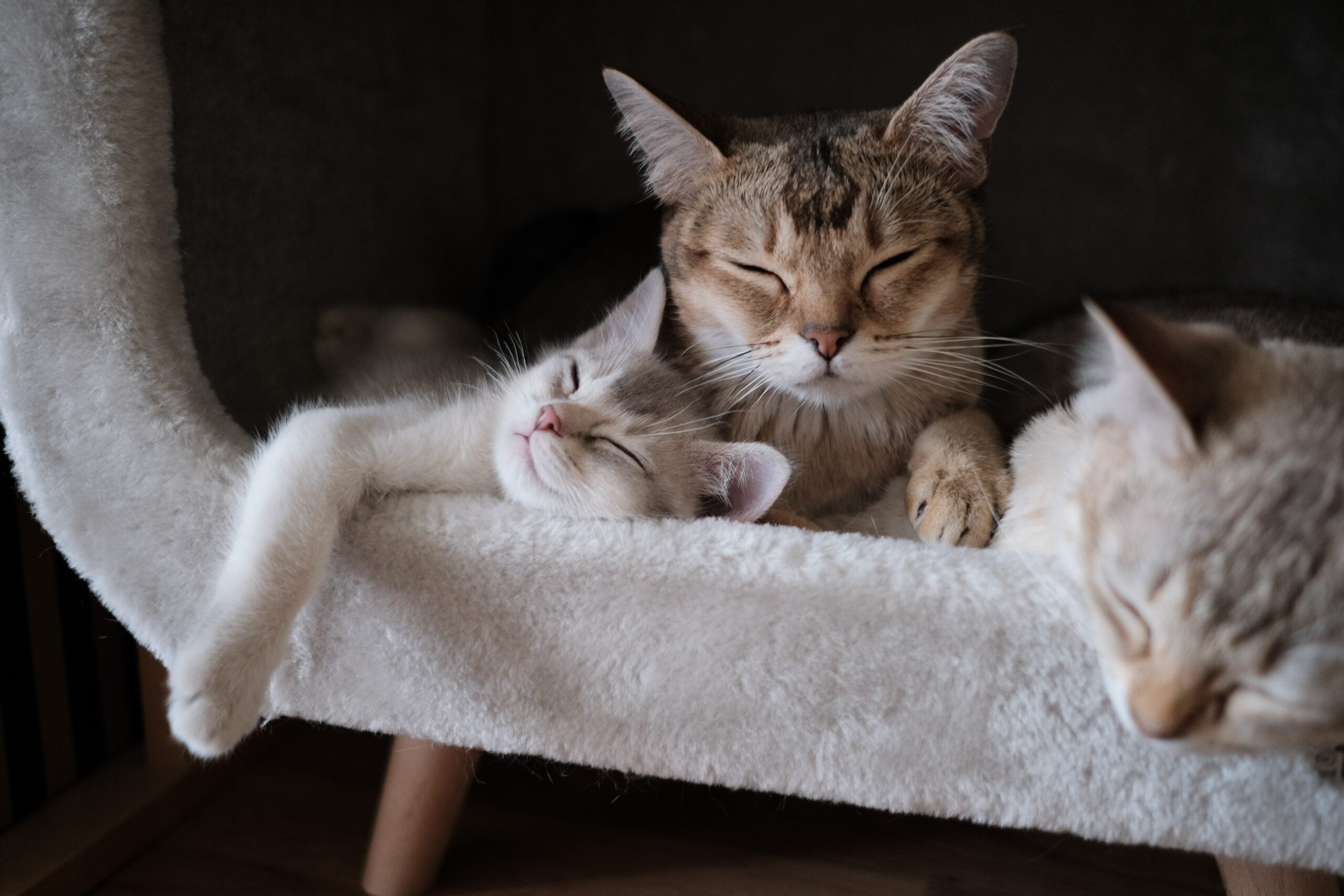
by Margejane | Cat Health, Featured
Catnip, scientifically known as nepeta cataria, is a perennial herb that is a member of the mint family. The plants can grow up to 3 feet tall. Cats are attracted to a chemical compound that is called nepetalactone; this is found in the leaves and stems. This is a stimulant that causes a cat to experience a “high” when it is sniffed. The cat will remain on this “high” for about ten minutes.
From personal experience with my own five cats, I must say that their individual reactions after sniffing the leaves vary quite a bit. Several of my cats actually enjoy eating it, while one of my cats loves to roll in the dried leaves sprinkled on newspaper until she is virtually covered in it!
When a cat eats catnip, it has a sedative effect, but it doesn’t affect a feline until a kitten is several months old. Only about 50% seem to be affected by it – it’s believed that their sensitivity is an inherited trait. Although it’s safe for cats, they may vomit and have diarrhea if they eat too much of it. It’s recommended that cats can have a little every day, up to a tablespoon.
It’s great for indoor kitties because they get to enjoy the health benefits of a small number of greens that outdoor cats get to enjoy during their escapades (although I always strongly recommend that cats be kept safely indoors). Keep in mind that too frequent feedings of the herb may desensitize kitty and he’ll no longer respond to it.
If you’ve decided that you’d like to treat your cat occasionally, you can buy it at the store or you can grow it yourself. The seeds are tiny and black and grow well in a small pot of soil with light watering and some sunshine. Make sure the pot you use has good drainage. Your plant should show some growth within five to ten days after planting the seeds.
Planting outdoors – The seeds can be sown outdoors only during the spring. If you are planting the seeds directly outdoors you need to sow them as soon as you’re sure any threat of frost has passed. Bury seeds 1/8” deep and 15” apart. The plants will take 5-10 days to start growing under ideal circumstances and up to 20 days in colder soil. Start harvesting leaves in 12-15 weeks. Of course, you’ll need to cover them with protective netting, because cats will be attracted to the plants.
If you have the plants and want to root them in water, remove the lower leaves and then stand them up in the water. Change the water on a regular basis and you should see roots beginning to grow in a few days. Once there are strong roots, transplant each plant into a small pot of sterile potting soil. Water twice a week.
Helpful hints: if you are trying to train your cat to use a scratching post, sprinkle a few spoonsful of catnip on the post. You can also purchase the herb in liquid form and spray the post. It’s a good idea to have flat scratching pads in addition to a scratching post and put the leaves or spray on it. The cats should hopefully be attracted to it and start using the scratching post and pads. From my personal experience, I can tell you this can really work. My cats all started scratching where they should using this technique and my furniture is all fine.
MAKE TOYS – I’ve written about this, but here goes again…cut off the tips of old socks and fill them with catnip, then sew shut. Your cat will love them!
I hope this information helps you, my wonderful cat lovers. Have fun with your kitties!
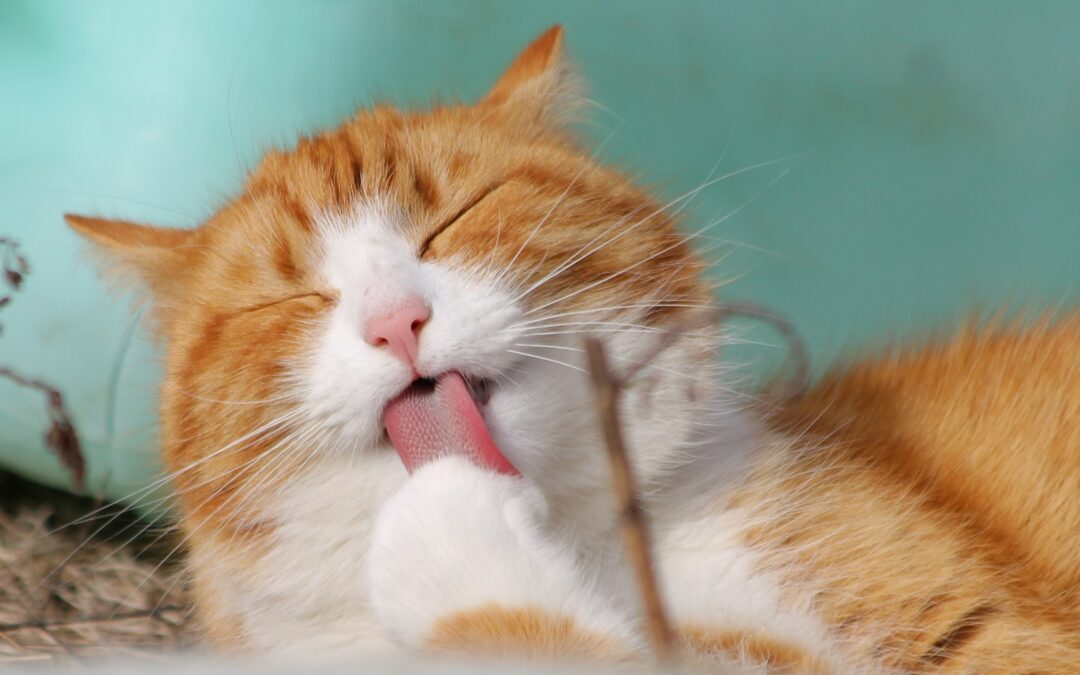
by Margejane | Cat Food & Treats, Cat Health
What is FIV in cats?
FIV typically causes a cat’s immune system to weaken. It is comparable to HIV in humans, however, only cats get FIV. The most common means of transmission is a deep bite wound from an FIV-positive cat to another cat. Other means of transmission are via blood, in utero and from milk from an infected mother cat.
It’s very rare for cats to get FIV just by being around infected cats or sharing food or being touched by someone who has touched an infected cat. FIV negative and FIV positive cats can live together without the infection being transmitted.
While FIV positive cats are more susceptible to infections such as dental disease, ringworm, and upper respiratory infections, the cat’s life expectancy is normal.
TESTING FOR FIV – A blood test called an Elisa test, also known as a Snap test is done by your veterinarian. A cat can test positive 2-4 weeks or up to 8 weeks after exposure. Kittens less than 6 months old may have a false negative. It’s best to test kittens older than 6 months old.
IF YOU HAVE AN FIV POSITIVE CAT:
- Keep your cat indoors only
- While I strongly advocate keeping all pet cats indoors for their own safety, it is absolutely imperative that you keep FIV positive cats indoors. These cats have an infectious disease and you don’t want to infect other cats. Even if your cat cries and cries to go out, eventually kitty will adjust to being an indoor cat.
FEEDING – do not feed kitty any raw foods, as uncooked foods may contain pathogens or parasites that can wreak havoc on an immune-compromised cat.
VACCINATION – vaccinating FIV positive cats is controversial because vaccinating may encourage the virus to activate. Unless required by law, if your cat lives indoors only and no other cats live outdoors, then forgoing vaccination is reasonable.
In summation: discuss the best ways to help maintain your cat’s health with your veterinarian.
FELINE LEUKEMIA VIRUS (FeLV)
Feline leukemia is a transmittable RNA retrovirus. In short, retroviruses are enveloped viruses that belong to the viral family. Retroviruses are a type of virus that uses a special enzyme called reverse transcriptase to translate its genetic information into DNA. The DNA can then integrate into the cell’s DNA. This virus can severely inhibit a cat’s immune system and is one of the most common causes of disease and death in domestic cats. Every newly adopted cat should be tested because symptoms don’t appear right away.
Cats with feline leukemia have drastically abnormal numbers of white blood cells, either higher or lower than normal. This causes severe infections and tumors. Leukemia in cats is contagious to other cats and ultimately fatal.
HEARTWORM
Cats can get heartworm when mosquitoes carry infective heartworm larvae enter a cat’s body when a mosquito feeds. The larvae migrate from the bite wound through the body of the cat, then they mature until they reach the heart and blood vessels of the cat‘s lungs as adults.
Cats with heartworm cannot be treated in the same way as dogs with heartworm, because the drug of choice used to treat dogs, Melarsomine, is toxic to cats. Therefore, heartworm in cats is managed with corticosteroids such as prednisone or prednisolone for their anti-inflammatory effects.
COMMON HEARTWORM SYMPTOMS:
- Labored breathing
- Rapid breathing
- Decreased appetite
- Lethargy
- Weight loss
- Coughing
Other symptoms may include fainting or seizures or fluid accumulation in the abdomen. One symptom that cats (but not dogs) may have is intermittent vomiting not related to eating.
Treatment for heartworm often continues until the adult worms die and are cleared from the lungs. This is a two to three-year process.
PREVENTING HEARTWORM DISEASE
In heartworm endemic areas cats should receive preventive medication beginning at 8 weeks old. While it‘s best for cats to live totally indoors, there is no 100% guarantee a cat won’t get heartworm.
ASK YOUR VET – if your cat has been screened for heartworm disease, or should be on preventive medication and if so, how should it be administered? What symptoms should you look out for?
RINGWORM – signs of ringworm include red lesions on the cat’s chest, head, a ridge of the back of forelegs. There can be scaling, crusting, thickening and reddening. Hair loss on the tail or back is also a symptom. Ringworm is contagious – exposure to contaminated bedding or grooming utensils are ways to contract heartworm.
HIGH-RISE SYNDROME – this one was new to me! It’s the phenomenon of cats falling higher than two stories and also refers to injuries from these falls.
DIABETES – there is a surprisingly large number of cats developing diabetes mellitus. Diabetes is the inability to produce enough insulin to balance blood sugar (glucose) levels. An untreated diabetic cat can be vomiting, have a loss of appetite, experience motor function problems, dehydration, coma and possibly death.
If you notice that your cat is increasingly thirsty, urinating more frequently, is less active, losing his appetite, lethargic, having difficulty walking, vomiting, please see your vet as soon as possible.
Treatment of diabetes may include oral medications, insulin, dietary changes. An overweight cat may be placed on a diet. Cats who get proper treatment for their diabetes can enjoy a normal life expectancy.
We all love our cats. They are part of our family, loving us and being loved. Cats trust us to take good care of them. The best way to honor that trust is to provide them with a warm and loving home and taking them to the vet for both regular checkups and vet care when they are sick.
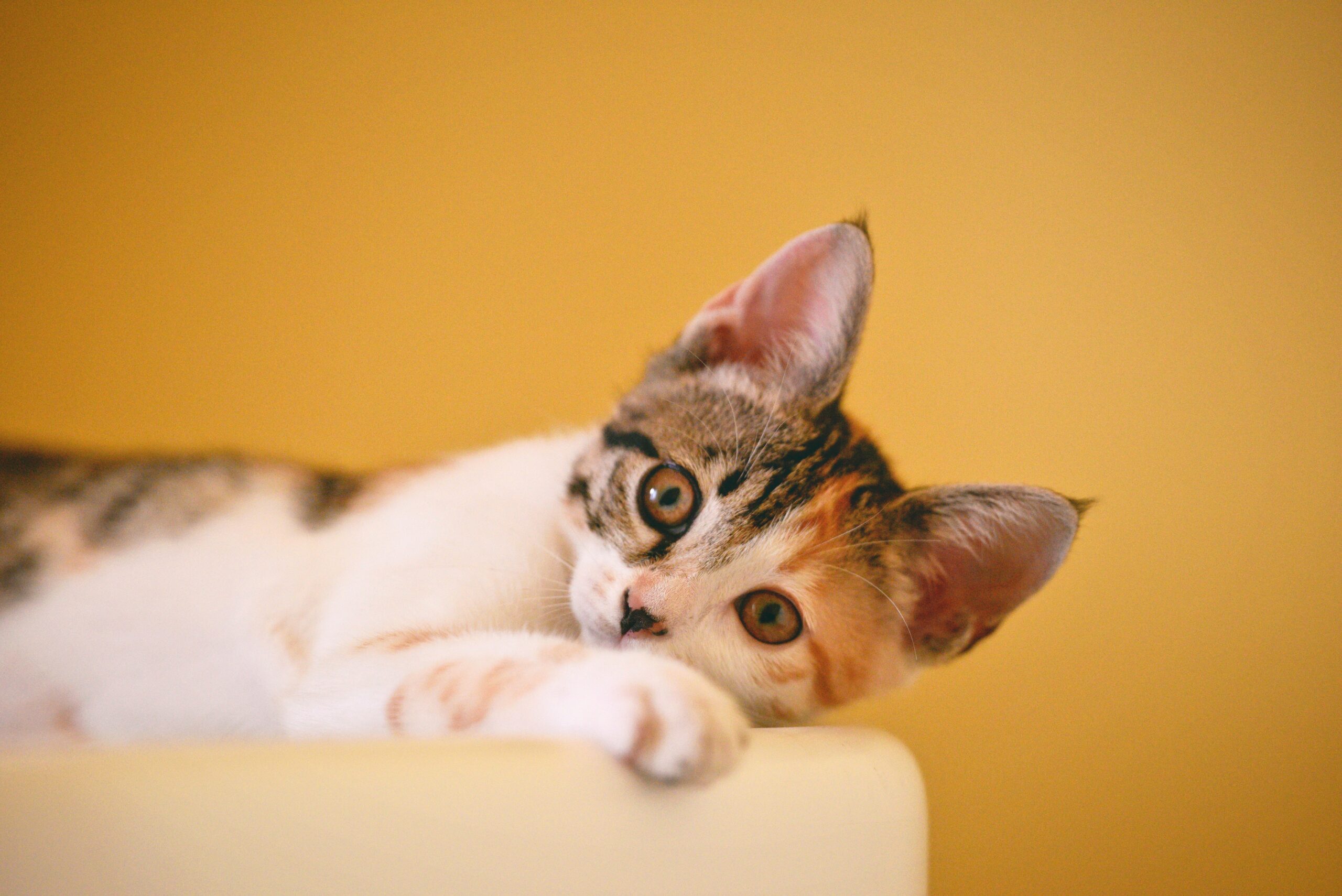
by Margejane | Cat Health
Discover what to do if your cat is constipated, the symptoms and above all, the treatment of a health problem more common than you would imagine. It is one of the most common health issues that cats experience.
Ad adult cat should defecate every day. The stool should be formed but not too hard, brown in color, and should be passed without difficulty or discomfort. Sometimes a buildup of feces can occur in the cat’s colon. Constipation causes difficulty and discomfort when the cat tries to defecate. This is a problem that you must deal with as quickly as possible. Keep reading and find out what to do if your cat is constipated.
Symptoms of Constipation in Cats
To start with, it is essential to be aware of the behavior of your furry partner on a daily basis. When you clean your cat’s litter box, examine the contents…is the stool normal looking? Is there no stool or too little, both in quantity and size of the stool? Is it very loose, extra smelly or yellow in color? There could be many reasons.
Cats with diarrhea may need to see the vet. Consider if you have recently changed foods, or if there is undue stress in the house. Sometimes cat diarrhea can be remedied simply by feeding a bland diet of boiled chicken and brown rice, but if this continues for more than another full day, contact your vet.
I have been fostering kittens who initially were having many bowel movements a day (kittens do poop more than cats) which were liquidy and yellow. In their case, a regimen of doxycycline solved the problem. Do not medicate your cat without consulting with your vet first.
Some symptoms to consider – is your cat eating and drinking less? Is kitty vomiting or hiding? Crying or straining while trying to defecate? Severe untreated constipation can result in fecal impaction, and in the worst cases may even necessitate surgery. Fortunately, this condition can often be remedied with an enema.
Some things that may cause constipation:
- Lack of hydration – many cats simply does not drink enough water. You can encourage them to drink more by adding a little clam or tuna juice to their water. The body cannot function properly if dehydrated.
- A diet that is low in fiber and high in carbohydrates,
- Obesity can be a problem.
- Pain in any part of the body, which makes it difficult for kitty to assume the correct posture to defecate.
- Household changes – moving to a new home, adding a new pet; these changes can cause undue stress and the cat may not use the litter box as often as needed.
- In summation, the most common causes of feline constipation are dehydration, disease, a dirty litter box, pain when defecating, stress at home.
If you observe any of the above symptoms, you should take your cat to your vet promptly. Once at your vet, he/she may ask questions to help determine the cause, such as:
- How often is the litter box cleaned?
- Have you changed litter brands?
- Is your cat drinking less water?
- Is the stress at home, such as a new pet?
- Is your cat physically able to get into the litter box easily?
- Is your cat on any medication?
- Any diet change?
Your vet may suggest a few remedies for simple constipation, such as:
- Feed your cat high moisture content-canned cat food. Stop dry food.
- OTC (over-the-counter) products may help: such as Laxatone – this edible petroleum helps to lubricate kitty’s digestive tract. If kitty won’t lick it off your fingers, try putting a bit on its face or the tops of its front paws; kitty has to lick that off when grooming.
- Metamucil may be recommended. The fiber may help generally 1-4 tips in food every 12-24 hours. Consult with your vet first.
High fiber doesn’t always work – it depends on the problem. Once the cause of your cat’s constipation is determined, your vet can then advise the most effective form of treatment.
Page 7 of 13« First«...56789...»Last »






Recent Comments